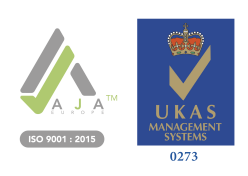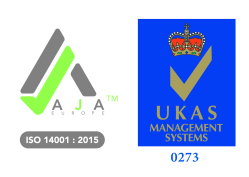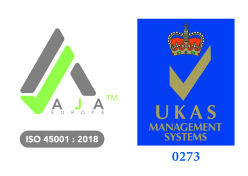How is noise measured?
How is noise measured?
Noise is measured in decibels, dB(A). The decibel scale measures the frequency response of human hearing.
- An 'A-weighting', sometimes written as 'dB(A)', measures average noise levels.
- A 'C-weighting', or 'dB(C)', measures peak, impact or explosive noises.
The decibel scale is logarithmic. This means that an increase of only 3 dB doubles the noise level at the human ear, halving the time a person should be exposed to noise once harmful levels are reached. For example, you might just about notice a 3 dB change in noise level because of the way our ears work. But every 3 dB doubles the noise level, so what seems like small differences can actually be significant.
How the human ear works
Put simply, this is how the human ear interprets sound:
· Sound is transmitted as sound waves from the environment.
· Your outer ear gathers the sound waves, which travel down the ear canal to the eardrum [CM3] .
· The sound waves cause the eardrum to vibrate, which sets the three tiny bones in the middle ear into motion.
· The motion of the bones causes the fluid in the inner ear or cochlea to move.
· The movement of the inner ear fluid causes the hair cells in the cochlea to bend.
· The hair cells change the movement into electrical impulses.
· These electrical impulses are transmitted to the hearing (auditory) nerve and up to the brain, which interprets the impulses as sound.
Unlike a scientific instrument, the human ear is poor at distinguishing relative volumes, though it is capable of distinguishing a huge range of sounds. This is why we have to calibrate sound metres to behave like an ear.
The control of noise
In the UK, the Control of Noise depends on the levels of noise exposure, averaged over a working day or week. The Control of Noise also depends on the maximum noise (peak sound pressure) to which employees are exposed in a working day.
Average noise levels in the workplace
These are the average noise levels in workplaces:
· A n average office – 65 dB(A).
· A quiet office – 45 dB(A).
· A loud radio – 70–75 dB(A).
· A heavy lorry revving its engine seven metres away – 90 dB(A).
As a rule of thumb, if the noise is so loud that you can’t reasonably hear a normal conversation at a distance of two metres, you need to take action. ETD explains the actions you can take to protect your hearing in its Noise Course.
ETD’s online Noise Course
To learn more about noise in the workplace, you can purchase ETD’s online Noise Course. Follow these five simple steps to get started.
· Create a free company account or single user account, selecting the £12+ VAT payment scheme.
· Purchase your user accounts using the online Elavon platform.
· For company accounts, create your user accounts (using unique usernames) and activate each user by pressing the ‘activate’ button.
· Purchase your online training by selecting the courses that you require. Ticking a course will instantly assign it to the user’s account.
· Once the courses have been assigned, single users can access the course under ‘my courses’. Company users can log into their account, go to ‘my courses’ and start the training.
If you require any assistance with the online training, then please contact our support team, who will be happy to help.







